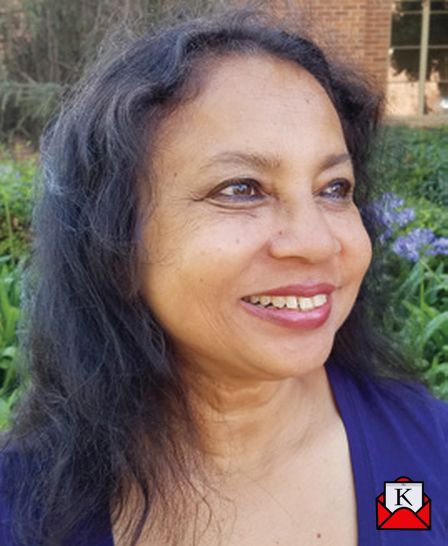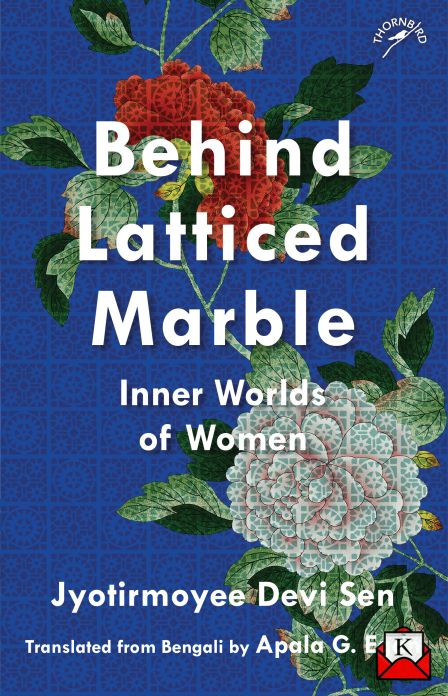Interview: Apala G. Egan On Translating “Behind Latticed Marble”


Niyogi Books‘ new release is Behind Latticed Marble: Inner Worlds of Women by Jyotirmoyee Devi Sen. It has been translated from her collection of stories in Bengali by Apala G. Egan.
The Kolkata Mail correspondent Priyanka Dutta caught up with Apala G. Egan in an exclusive chat about the book. Excerpts..
How much time did it take to translate this book?
Apala G. Egan- As a community college instructor, I did not have much spare time. Therefore, it took about fifteen years as I worked on it whenever I was able to carve out the time.
What do you take into consideration when you take on a translation project?
Apala G. Egan- The key factor is whether the subject matter is of interest to me.
What are the stories in this book about?
Apala G. Egan- It provides a rare glimpse into a romantic yet mysterious world of courtesans and queens in a Rajput kingdom, penned by an award-winning author of India.
Harems have existed throughout history in many parts of the world including Asia, Africa, and among the Aztecs and Incas in the Americas. It may still exist in certain parts of the globe. In Europe, polygamy was prevalent among the Vikings. Among European royalty, although plural marriages did not exist, kings typically had mistresses. These stories describe the very human interaction between men and women in this milieu.
How will the translation reach a modern audience?
Apala G. Egan- It should be able to reach an audience through the book and various forms of media.
India has, throughout history, produced exquisite forms of art, be it in ivory, marble inlay work, sculpture, fabric arts, and so on. It also has a rich heritage of philosophy and literature. In a general sense, the book symbolizes the literary tradition of the subcontinent.
You are more into translation works. What are the challenges in translating a book?
Apala G. Egan- Literary translation is different from translating instruction manuals and similar items. In the literary field, you have to immerse yourself in the world of the author. In my case, I traveled to Rajasthan at least four times and visited the palaces and castles mentioned by the author to imbibe the atmosphere of an earlier era. I also did extensive library research to learn about various aspects of life during that era.
You have to be a good writer to translate literary works. In my case, I have always enjoyed literature in both Bengali and English. I have also taken writing classes at Berkeley, UCLA, Stanford, and Foothill College. In addition, I have attended writers’ conferences where I have learned many different aspects of the craft.
How do these stories relate to situations in today’s times?
Apala G. Egan- These stories describe situations that are indeed timeless and are very relevant today. The threat of assault and disinheritance have been perennial concerns of women. In the story, “The Child Bride”, a young widow is thrown out by her husband’s extended family, with no means of support. In India today as well as in earlier times, dowry costs have always been a bane, and “The Princess Baby” highlights that. Women have also been victims of power play, whether in Hollywood or other parts of the world, as described in “The Mistress Wife”.
The generational conflict that occurs today as well, is highlighted in the story “The Taint”, where a man refuses to fall in with his father’s plans for his future.
What is the next book you are working on?
Apala G. Egan- I am not working on any other book at the moment, other than trying to complete the author’s memoirs.
